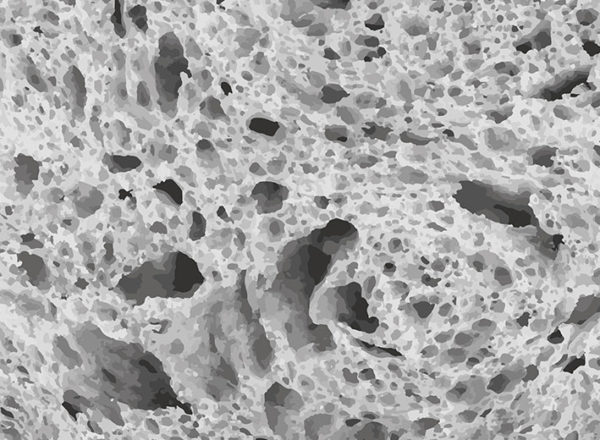


580 cm x 280 cm
Edition of 5
Work acquired in 2020
Born in 1976 in Reims, Nicolas Boulard lives and works in Paris.
Nicolas Boulard’s artistic practice takes its inspiration from two registers of important references, which he puts to innovative use in his work. While he is deeply influenced by the history of modern art on the one hand, particularly American art from the 1960s and 1970s, his work is also strongly anchored in the sphere of the land. Long interested in the world of wine—which is very familiar to him, having grown up in a Champagne producing family—and having subverted its rules and conventions, both the manufacturing processes and the French certification system, Boulard turned his attention to the world of cheese in 2010. Sparking this interest was his observation of the formal proximity that exists between the shapes of cheese and certain recurring figures in minimal art. In his performative project Specific Cheeses, Boulard was inspired, for example, by Sol Lewitt’s 12 Forms Derived from a Cube (1982). In this context, he regularly has cheeses made based on their models, in turn based on the ancestral knowledge of local producers.
Papier-Pain (2020) is a wallpaper depicting a loaf of sliced bread, made using natural yeast, which has risen considerably—something made possible thanks to the use of a vectorial image—and the chromatic reduction to different shades of white and grey, conferring the whole with a certain air of abstraction and fixing the object in a rather surreal atmosphere.
This work reflects Nicolas Boulard’s interest in “living” materials, such as cheese or wine, over whose final form he never has ultimate control, given that a multitude of variables can influence the production process. Here, the different phases in the production of bread, from kneading to baking, transform the flour, water and yeast into an organic and cavernous mass whose final appearance is completely random.
The Lab’Bel Collection is the proud owner of another wallpaper: Blaue Kuhtapete/Blue Cow Wallpaper (1967) by Thomas Bayrle. Unlike the latter, which repeats a single motif over and over until its individuality merges into a kaleidoscopic ensemble, N. Boulard achieves an immersive effect in Papier-Pain thanks to an inversion of scale between the spectator and the represented object, shown here in monumental dimension.